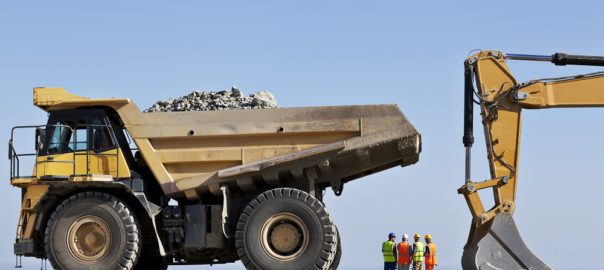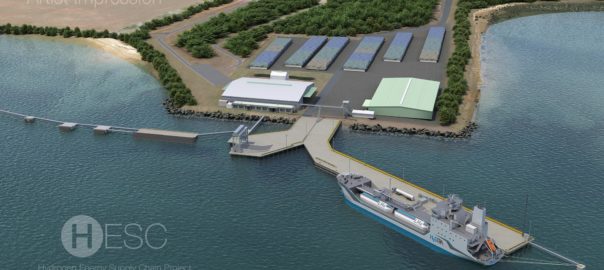Economical Energy announces that it has joined the third cohort of the Shell-powered Studio X Accelerator Program, a first-of-its-kind open global innovation company seeking to accelerate innovation in energy and climate tech.
ATP Fund, a venture capital partner of Studio X, has also invested in Economical Energy.
Economical Energy is developing the VIPER (Vertically Integrated Potential Energy Reservoir) energy storage technology, to help make renewable energy cheap, clean and continuous. The VIPER technology stores renewable wind and solar power when it’s available so that it can be used later during energy inadequacy to keep the lights on. It has potential applications in mining, representing an opportunity for companies to reduce their emissions and expand their portfolios.
Economical Energy expects its VIPER technology to become substantially cheaper than batteries, while having a significantly smaller environmental impact than batteries and pumped hydro.
It is considered a Long Duration Energy Storage (LDES) technology, as it is best suited for six to 12 hours of storage which is the optimal range for time shifting intermittent renewable energy. This differentiates it from the lithium-ion batteries installed on grids that typically only have two hours of energy storage.
It represents a reinvention of pumped hydro, using the same underlying physics, the force of gravity, but switching out the water used by pumped hydro with dirt, which is heavier and is not affected by drought or climate change. The VIPER also removes pumped hydro’s requirements for mountains and construction in ecologically diverse areas, by using deep holes in the ground like those provided by deep underground mines.
Max Gray, Director of the Studio X accelerator program, said: “The Studio X accelerator program is excited to have Economical Energy as part of the 2023 cohort. Their innovative solution to LDES will play a key role in meeting the future energy supply and demand equation, as well as adding stability to power grid infrastructure in times of energy instability. The next decades will need abundant LDES solutions and Economical Energy’s technology is poised to play a key role in that supply.”
Matthew Forrest, Managing Director of Economical Energy, said: “The level of technical due diligence from Studio X and ATP Fund was by far the most sophisticated we have encountered. Their understanding of the complexities of the underground environment were particularly relevant. I feel that their decision to invest is a strong vote of confidence in us and our VIPER technology.”







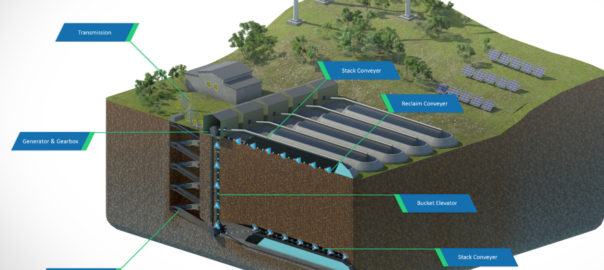
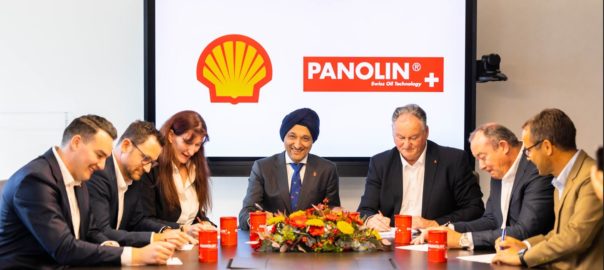
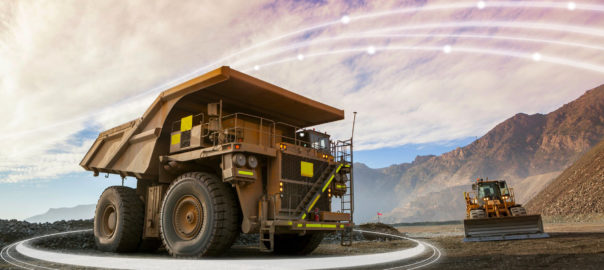
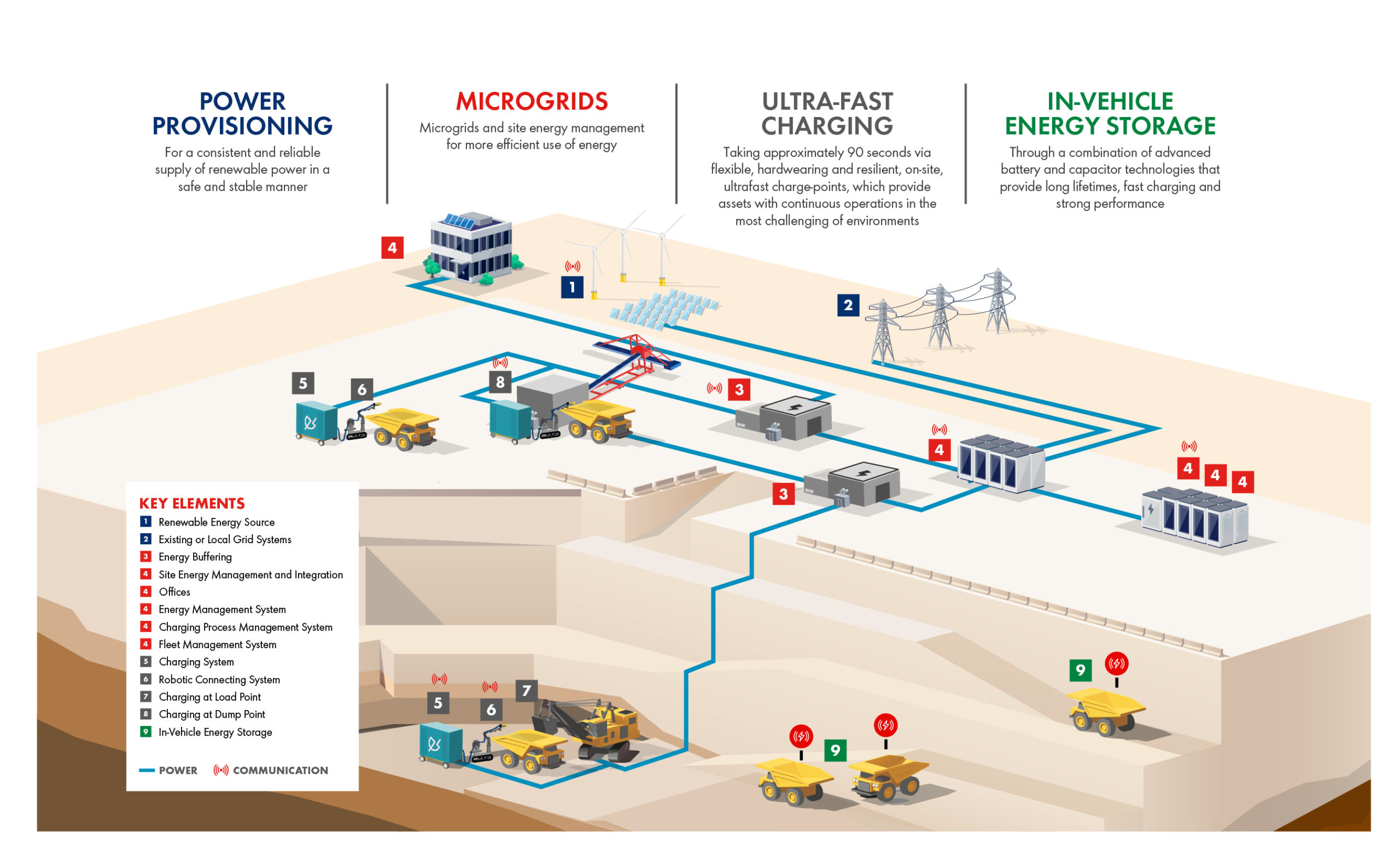 Some of the key components of the power provision and energy management solution come from Alliance Automation, a multi-disciplined industrial automation and electrical engineering company; Spirae, a technology company that develops solutions for integrating renewable and distributed energy resources within microgrids and power systems for economic optimisation, resiliency enhancement and decarbonisation; Worley, an engineering company that provides project delivery and consulting services to the resources and energy sectors, and complex process industries; and Shell Energy, which provides innovative, reliable and cleaner energy solutions through a portfolio of gas, power, environmental products and energy efficiency offers to businesses and residential customers.
Some of the key components of the power provision and energy management solution come from Alliance Automation, a multi-disciplined industrial automation and electrical engineering company; Spirae, a technology company that develops solutions for integrating renewable and distributed energy resources within microgrids and power systems for economic optimisation, resiliency enhancement and decarbonisation; Worley, an engineering company that provides project delivery and consulting services to the resources and energy sectors, and complex process industries; and Shell Energy, which provides innovative, reliable and cleaner energy solutions through a portfolio of gas, power, environmental products and energy efficiency offers to businesses and residential customers.